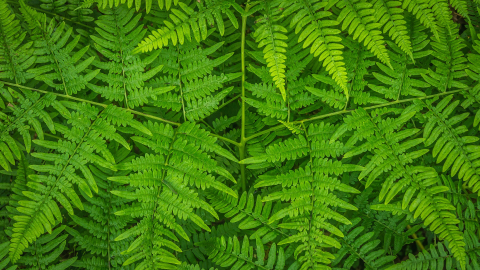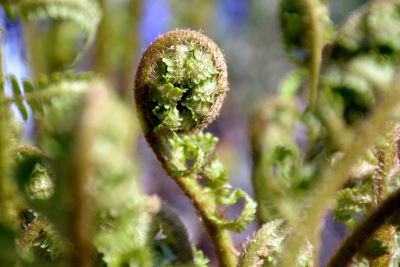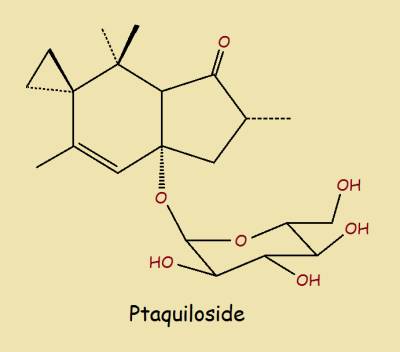 Some health-conscious individuals say they want to eat “natural” foods, they don’t wish to consume “chemicals”. While we understand what they mean, the truth of the matter is, everything natural is constructed of molecules, and all molecules, ultimately, can be called chemicals.
Some health-conscious individuals say they want to eat “natural” foods, they don’t wish to consume “chemicals”. While we understand what they mean, the truth of the matter is, everything natural is constructed of molecules, and all molecules, ultimately, can be called chemicals.
Human Foods Containing Toxins
While humans eat many plants consisting of chemicals, not all plants are edible. Or if they are edible, it may not be without processing. For instance, cashews are “related” to poison ivy, Toxicodendron radicans. The “nut” within the shell contains a limited amount of the toxic urushiol, and is usually roasted to destroy the irritant. Consuming unroasted cashews can produce an itching rash. In rare cases, even death can result.
Another example is the American pokeweed or “poke sallat”, the young leaves of the pokeweed plant, Phytolacca americana. The leaves are often cooked with chopped onions and then served with scrambled eggs. In fact, the author has eaten the combination in the past. The toxic factor is a combination of complex chemicals. Very young leaves, contain less of the toxin, yet eating even these is ill-advised.

“Foods” Toxic to Animals
Grazing farm animals must be carefully guarded as to what they consume, since some will eat plants that are harmful, even fatal to them. One well-known example is the wilted leaves of a cherry tree. Such leaves may result from a tree or a branch that has broken. The toxin that kills cattle results from the interaction of two chemicals in healthy leaves that come together to generate hydrocyanic acid!

Toxicity of the Bracken Fern
When we think of toxins in plants, we don’t ordinarily think of the lowly fern. Yet the bracken fern contains at least three chemicals that are severely toxic to grazing animals. They are: ptaquiloside, thiaminase¹, and hydrogen cyanide. We will discuss the first two chemicals.
Ptaquiloside
The ptaquiloside in bracken ferns, under weakly alkaline conditions, splits off a molecule of glucose sugar, leaving ptaquilodienone, identified as the real culprit. Cattle affected by eating bracken may exhibit hemorrhagic disease and bright blindness. There are many symptoms evidencing the presence of these ailments. Ptaquiloside can also become the dienone in the bladder, producing cancerous tumors.

Thiaminase
Bracken ferns also contain thiaminase. There are more than one enzymes that are capable of splitting a molecule of Vitamin B1 (thiamin). They are too complex in structure to represent graphically in this article. However the overall chemical reaction can be represented.
The National Academy of Science article referenced below says, thiaminases are “enzymes that cleave vitamin B1 into its pyrimidine and thiazole ring moieties.” See the image, below. In effect, another base detaches the thiazole component part from the pyrimidine component part, installing a new base replacement part.
The difficulty for farm animals is not that they are poisoned by the thiaminase itself, but because of the deprivation of essential Vitamin B1 it results in. Specifically, they may exhibit a kind of polio called polioencephalomalacia.
¹ Bracken ferns toxicity involves thiaminase I. Some bacteria, likewise harmful to farm animals, do so by means of thiaminase II.
Note: You might also enjoy How the Electric Eel Produces Electricity
References:
- Center for Disease Control (CDC) – Morbidity and Mortality Weekly Report: Dermatitis Associated with Cashew Nut Consumption–Pennsylvania
- Proceedings of the National Academy of Sciences (PNAS): Structure of a eukaryotic thiaminase I
- Research Gate: [Thiamin degradation by Thiminase]
- Science Direct: Thiaminases and Their Effects on Animals
- Beef Cattle Extension Dot Org: Beef Cattle
